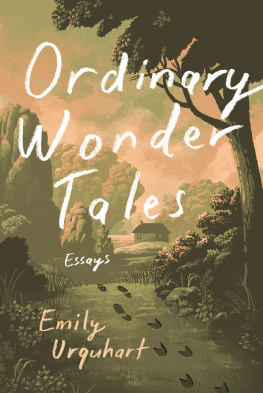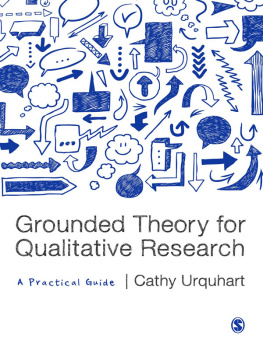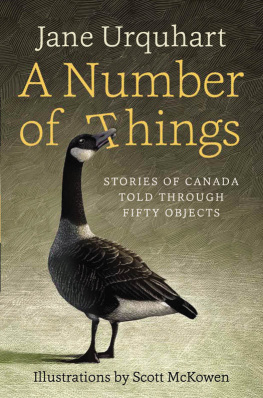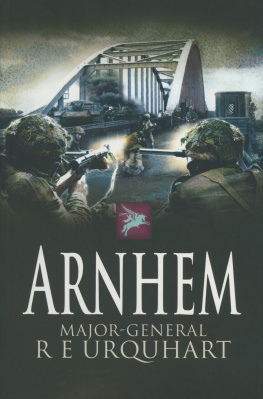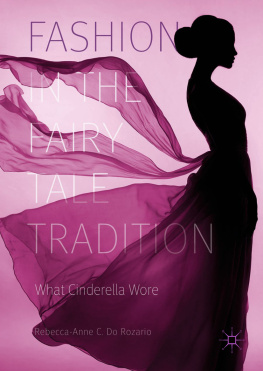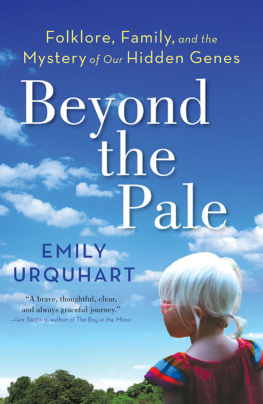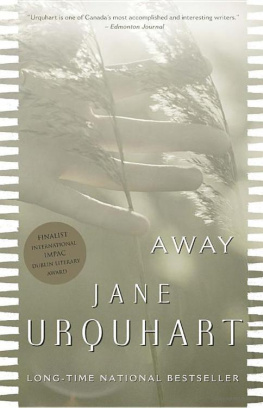Every narrator reinvents the tale.
The Matter
The year that I turned three I slept in a bedroom that was known to be haunted. Returning to that room now, in memory, I am a bystander looking in through an open doorway at a young girl lying in a sleigh bed with a tall headboard. She is yellow-haired and motionless, wearing a flannel nightgown. She holds the neck of a small plush lamb in the curl of her palm. The sheets on her bed are white and aglow in the blackness of the night room. The air is chilled and still. The child has many blankets on her bed to keep her warm. She appears to be asleep. I enter the room and move closer to the child. I see her blink. She is awake, her gaze fixated on a spot overhead. This is where the inky fluid mass has materialized, seeping in from the corner of the room above where the bed has been snugged against the wall. She has not seen a stingray in her life, but when she does, twenty years from now in the Caribbean, she will recognize something in the ocean creature, in its darkness and its size and also in its rippled movement. The ink blot is made of air, or water, or maybe gas. Some might argue that it is conjured of mind or spirit, but to the small girl, it is matter. It is part of the physical universe. There is no urgency to its visit. It bides its time as it quivers in the dark, making its presence silently known, but eventually, as she knows it will, the inky mass speaks to her in a breathy hiss. It declares itself in a language that is either French or English or some other form of communication that is not linguistic. It says, every time, Emily, go get your mother. The small girl does not move. I dont move now. Across the years between usforty-threewe remain stilled in fear.
The haunted bedroom was in an eighteenth-century stone house in the small village of Flavigny-sur-Ozerain in Burgundy, France, where I lived with my mother and father during the year my father was on sabbatical from his job as a professor of fine arts. The house belonged to my fathers colleague Virgil Burnett, an artist who was a professor in the same department as my father, and his wife, Anne, who was a classics scholar. They had two daughters, Maud and Melissa, who were about a decade older than I was. The Burnetts lived in the house in France part-time when Virgil and Anne were not teaching, and the rest of the year they offered their home to a roster of academics and artists and their families.
My mother tells me that moving to Flavigny was like time travel. The house sits in the centre of a walled medieval village set high on a hill. It has a working seminary. Young monks in black robes wandered the cobblestone streets and played soccer in the meadow at the edge of town just off a trail that led to an ancient but still working stone washhouse. Every home in the village came with a garden plot outside the wall. Farmers shepherded their cattle through an eleventh-century stone gate every morning, returning home before sunset. Only some streets were passable by car. Later, when I began studying folklore, Flavigny was the place my mind conjured when the hero set off on a long journey: after passing through the medieval gates, they would descend into the Burgundian hills and disappear into their quest.
My parents slept in the master bedroom on the second floor and my room was across the hall. The next closest bedroom was one floor above, in the attic. My mother remembers that the small room was set up for a child, with a single bed and a bookshelf stocked with childrens literature such as Angela Banners Ant and Bee books, Where the Wild Things Are by Maurice Sendak, and a French-language series about street cats of which I was particularly fond. The room was part of an addition that had been added in the early nineteenth century. It had one window that looked on to a walled-in garden. My bed was made of dark wood and was pushed into the corner opposite the window. At night, there was no ambient light. The village streetlights were extinguished at nine and this brought a darkness Id never experienced before in my young life. Shadows and light depended on the moon cycle. We moved to Flavigny in August, 1979, when I was two years old. I began waking in the night soon after.
The French word for ghost is revenant, meaning those who return from the dead, but the spirit that entered my room at night was not human. I never saw a face or discerned a person-like shape. Once, it visited in the form of a turtle named Skipper-Dee that lived in the garden. Most times it was a vague outline, darker than the darkness of the room. It vibrated with energy and had a fluid, inconsistent form. These visits elicited an emotion that I can best describe as a cross between solemnity and terror.
My nightmares persisted throughout the fall, prompting my mother to take me to see the doctor in Venarey-les-Laumes, the closest town. The doctor prescribed a suppository. The casual logic of this detail is one of my favourite plot points of this story. People have tried many bizarre ways to rid their spaces and bodies of unwanted spiritsacts of religious exorcism, smudging, throwing salt, or spittingbut this doctor felt it would be best cured with a rectal pill. My mother wasnt convinced. I only gave you one of those, she told me. French drugs were quite medieval at the time.
* * *
When I was a young child I believed in everything. The year we spent in France my parents took me to Lourdes, where we walked the stations of the cross and I believed that Jesus was stoned to death and that he came back to life. I believed in the Apparition of the Virgin Mary at the grotto and in the angels that soared across the domed ceilings of the churches we visited. My sole child companion during that period was an imaginary friend named Martha. She was a character from my favourite picture book, so I suppose I also believed that all the people, places, beings, and events in books were real, too. I believed in fairies and in making wishes. I believed that my stuffed toy lamb was as alive as the stray black cat that hung around our front door yowling for his daily bowl of milk. If my parents had told me the cat was my younger sibling, Id probably have believed this, too. I believed in everything that existed and everything that did not and in this way, based on studies of childhood beliefs over the past century, I was just like every other child my age.
Psychologist Jean Piaget was the first to study belief among the very young. He felt that children create their own understanding of the world based on discovery and discrepancya progression of continual adjustment that unfolds over a series of stages. It was his position that between the ages of two and seven all children engage in magical thinking. Much research on the topic has followed in his wake. Later studies showed that while children are inclined toward fantastical beliefs they do have a cognitive understanding of what is imaginary and what is real and that theyre able to use reason and logic to draw these conclusions. For one study, researchers invented but did not define something called a surnit and presented two different scenarios for children to verify whether it was real or make-believe. Children who were told that a surnit helped doctors in hospitals reasonably concluded it was real. A story about ghosts catching surnits while they flew around at night was met with skepticism.

